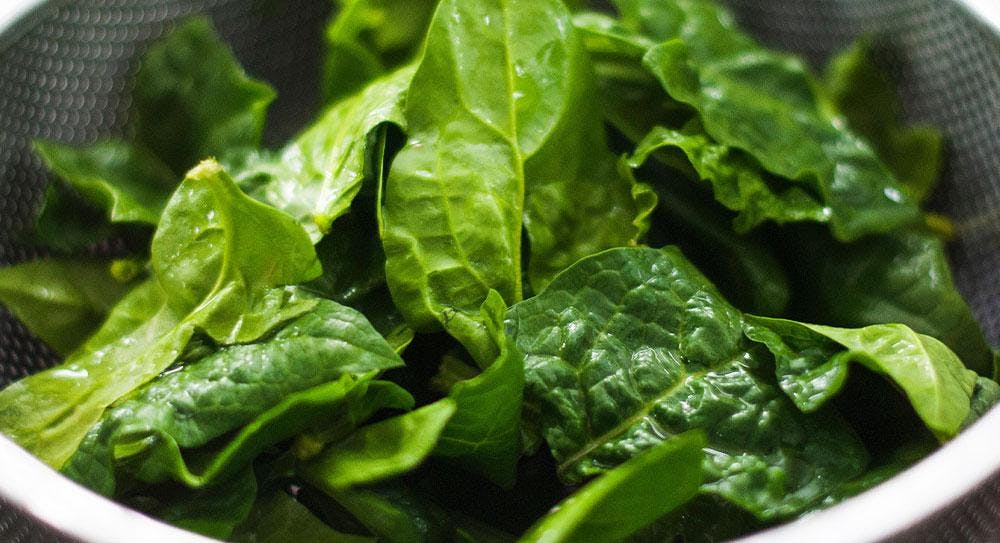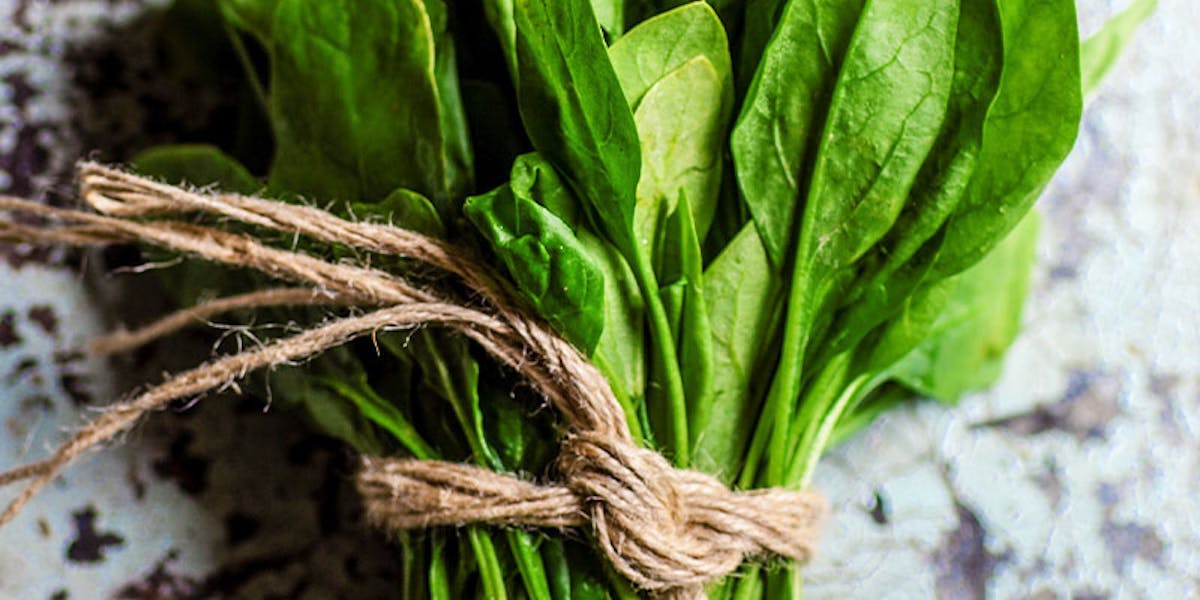Lifestyle
Does Spinach Make You Strong?
7min read
For anyone born before the mid-90s, Popeye was an integral part of growing up — the chirpy sailor who used spinach as his secret weapon. Every glug of spinach helped Popeye sprout muscles, beat the baddie and get the girl (it was the 90s). We delved into the truth behind this strange cartoon. Why did Popeye’s creator, choose this green, leafy veg as the source of his strength? And is there any real link between the two? Here’s the scoop.
In the late 1800s a German scientist, Erich von Wolf, investigated the iron content of a variety of vegetables. As he recorded the results for spinach, he carelessly misplaced the decimal point, writing down the iron content for 100g of spinach as 35 mg rather than 3.5 mg. Mad.
The mistake — whether actually due to recording inaccuracies or perhaps bad scientific practise — was rectified in 1937, but, apparently, not before Popeye’s marketers decided to include spinach in his narrative. As an aside, E. C. Segar himself didn’t actually choose spinach for its iron content anyway: for him, it was always about vitamin A (and the original Popeye comic strip didn’t contain spinach at all).

Photo credit: Popeye | The Useless Info Junkie
Does spinach make you strong?
The real question here should actually be whether there are any links between iron, Vitamin A and strength.
Eating lots of spinach is thought to decrease our risk of muscle degeneration as well as other degenerative diseases. This is because like carrots, spinach is full of carotenoids (the pigments that give veggies their colour) that are converted into vitamin A. Vitamin A, also known as retinol, is great for maintaining vision in low light and plays a big part in keeping our skin and immune systems healthy.
Spinach is also an excellent source of vitamin K, manganese, folate, magnesium, iron, vitamin C, vitamin B2, calcium, potassium, and vitamin B6. It gives us lots of dietary fibre, copper, phosphorus, and zinc as well. Essentially: eat more spinach - it’s very good for you.
And although our bad scientist made some dubious errors on decimal places, spinach is a good source of iron and iron is absolutely necessary for energy. A deficiency can result in anemia, which leads to exhaustion and can affect your body’s ability to function properly in a variety of serious ways. Some other sources of plant-based iron include: lentils, chickpeas, beans, tofu, cashew nuts, hemp seeds, pumpkin seeds, kale, dried apricots and figs, raisins, quinoa and fortified breakfast cereals.
So, while spinach won’t make you sprout muscles, it will help to keep your muscles healthy over time and is also thought to prevent cancer.

Fun facts about spinach
- Spinach is a native plant of Persia (now Iran). It was introduced to China in the 7th century but probably not introduced to Europe until the 12th century. The US had to wait until 1806.
- In the early days, Medieval artists extracted green pigment from spinach to use as an ink or paint.
- In the 1930’s Popeye’s popularity led to a 33% increase in US spinach consumption.
- Spinach is a member of the goose-foot family, which makes it a relative to beets and chard.
- While we think spinach is great, it is also known to be a mild diuretic and mild laxative. Maybe don’t eat too much...
- March 26th is National Spinach Day in the US. We’re adding it to our calendar.
- We know why you’re really here. Spinach Green is PANTONE shade PQ-16-0439TCX.

Photo credit: PANTONE shade PQ-16-0439TCX | Pantone Color Finder
Our favourite ways to eat spinach
Spinach contains a slightly different nutritional profile when raw or cooked so we recommend a mixture of both. Cooked, you will absorb more vitamins A and E, protein, fiber, zinc, thiamin, calcium, iron and some important carotenoids. On the other hand folate, vitamin C, niacin, riboflavin, and potassium are more available in raw spinach.
Raw:
- Use as a salad base instead of lettuce.
- Use to provide some greenery to your sandwich or burger.
- Add to smoothies or juices.
Cooked:
- Try our creamy aubergine and split pea stew.
- Steam and season as a great accompaniment to a roast dinner (or anything really). Steaming retains a lot of nutrients that boiling loses. However, if you prefer to boil, use the water as the base of a gravy or sauce for maximum nutritional benefits.
- Sauté or add a (large) handful to stir fries.
- Add to pizza.
Make a yummy spinach soup.
By Munjeeta Sohal
MJ is a freelance writer, avid reader and habitual ruminator (and user of fancy words). She couldn’t live without books and her cats. On her days off, you can find her cycling up and down the Lea Valley, searching for a great vegan recipe to cook, or, well, reading her book with her cats.
Let us take care of dinner
We help to make eating more plants easy and delicious. Fancy letting us take care of dinner? Check out our delicious meals here.
Shop now
